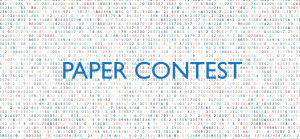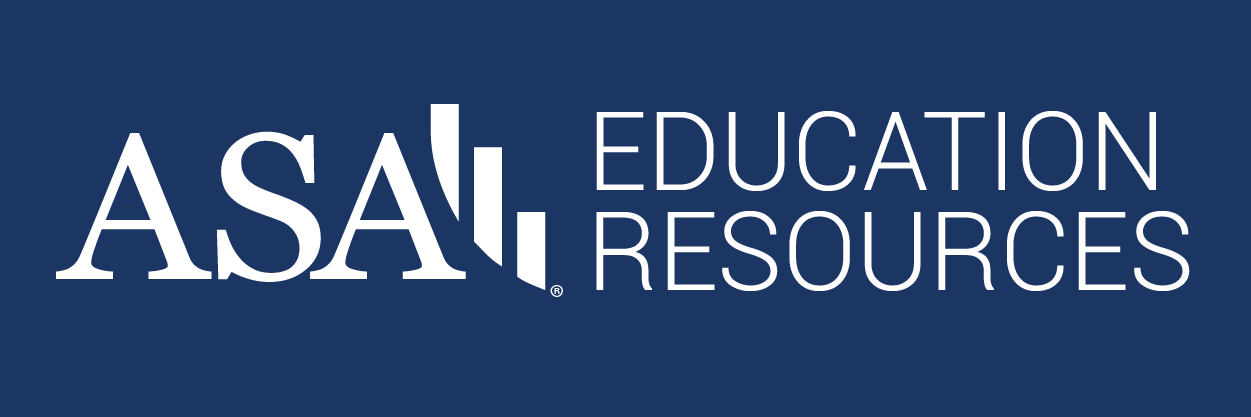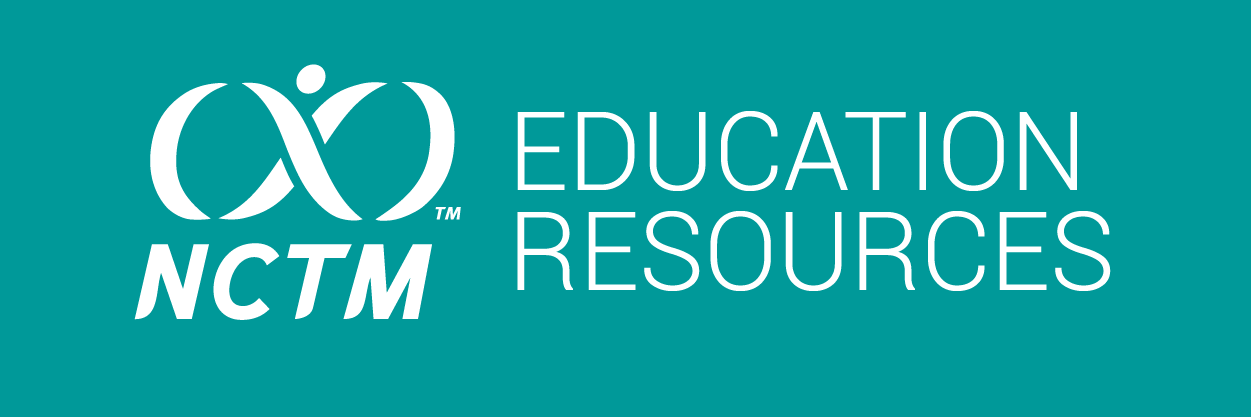Statistics Projects for Grades 7–12 Due June 1

The ASA/NCTM Joint Committee on Curriculum in Statistics and Probability and the ASA’s education department encourage students and their advisers to participate in its annual Project Competition (written report).
What is a statistical project? A statistical project is the process of answering a research question using statistical techniques and presenting the work in a written report.
Rules
Projects must be the original design and creation of the entrant(s).
Subject matter is the choice of the participant(s) or their classmates.
In submitting a project, students agree that the project may be displayed at the ASA’s Joint Statistical Meetings, featured in its publications, and included on its website.
All entries become the property of the ASA.
Only first-, second-, and third-place winners and honorable mentions will be notified personally.
The ASA website will announce winners in August.
Students may work individually or in teams. The maximum number of students per team is four. For teams with members from different grade levels, the highest grade determines the entry category.
The online entry form must be submitted with the project.
Papers must be saved as PDF files prior to submission.
Statistical methods used in the project should not go beyond methods typically encountered in an introductory statistics course, including descriptive statistics, basic sampling methods, designed experiments (completely random designs and block designs), probability, confidence intervals or tests for a single parameter or the difference between two parameters, chi-square tests, simple or multiple linear regression, one- or two-factor ANOVA, simulation-based inference (randomization tests or bootstrapping), and other nonparametric methods. Any project that uses more advanced statistical techniques will be disqualified.
Students may receive adult guidance with their project. The extent of the guidance must be acknowledged in the paper. Entrants will not be penalized for acknowledging they asked for guidance.
Students are expected to be scientific professionals. Confidentiality and anonymity of participants should be considered. Risks to participants (animals or humans) should be minimized. Unethical conduct may result in disqualification.
Evaluation
Teachers and statisticians, whose decisions are final, will judge the reports on the following:
- Statistical Question: Valid statistical question that is clearly stated, focused, and interesting.
- Data Collection: Evidence of direct data collection by students. Data were collected in an appropriate manner to answer the statistical question. Raw data are included.
- Data Display: Includes appropriate, well-labeled, accurate displays (graphs and tables) of the data.
- Data Analysis: Analysis of the data is accurate, thorough, and appropriate. Conditions are checked correctly for any inference procedures.
- Conclusion: Conclusion includes a clear answer to the statistical question that is consistent with the data analysis and method of data collection.
- Reflection on Process: Gives a good overall picture of the project—what went well and what didn’t—and includes ideas for further study.
- Overall Presentation: Attractive, well-organized, well-written project report.
Prizes
- First Prize: $300, a plaque, and a plaque for the school
- Second Prize: $200 and a plaque
- Third Prize: $100 and a plaque
- Honorable Mention: A plaque
If the submission is a collaborative effort, the prize money will be divided equally.
Also, first-place winners and their advisers will receive Texas Instruments TI-84 Plus Silver Edition graphing calculators.
Certificate of Participation (PDF download)
Entry
The online entry form must be submitted with the project, which you will upload after filling out the form.











